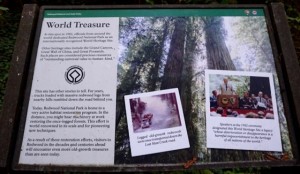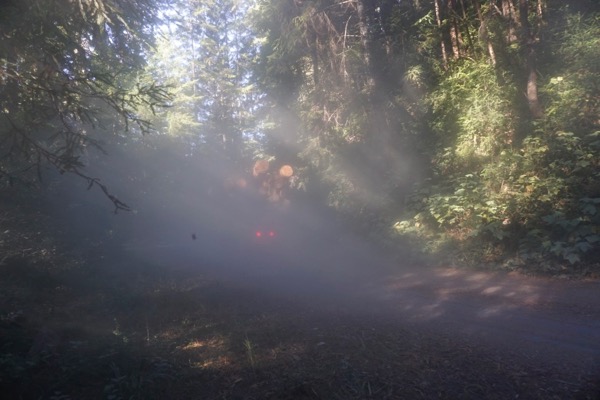Is The US Air Force Poisoning Children At McGuire AFB Schools?
“We take care of our own – we don’t need your NJ DEP or US EPA telling us what to do.” ~~~ US Air Force Colonel, North Hanover Township Ex-Officio School Board member (circa early 1990’s)
NJ Spotlight reporter John Hurdle wrote a scathingly critical story today about the failure by US military officials to clean up toxic groundwater contamination at Joint Base McGuire-Dix-Lakehurst – read the whole thing:
But there is at least one big omission in that otherwise superb reporting: potential contamination of drinking water at schools on the base.
The Spotlight story brought back memories.
I served on the North Hanover Board of Education in the late 1980’s – early 1990’s. North Hanover operates a K-6 school district, with 4 schools, two of which are on McGuire AFB. The US Air Force has an Ex-Officio School Board member.
According to the North Hanover School District:
We proudly serve students in PreKindergarten through 6th grade. We currently operate four schools. Two schools, Discovery School and Atlantis School, are located in the Falcon Courts North Section of Joint Base McGuire-Dix-Lakehurst.
Back in the late late 1980’s – early 1990’s, when sampling discovered high levels of lead at drinking water fountains, the Air Force tried very hard to keep that data secret. (I don’t recall if the source of the lead was the drinking water fountains, school pipes, or the groundwater.) The Air Force full Colonel on the Board pressured Board members to invoke secrecy under Executive Session rules.
The school board members were intimidated and willing to go along and restrict discussion to executive session (probably because the public schools are funded by military impact aid which not only gives the Air Force tremendous political power, but keeps local property taxes the lowest in NJ).
I refused to abide by the Board’s decision to keep the issue secret.
That night, after returning from Executive Session, I disclosed the contamination publicly. The shit immediately hit the proverbial fan at the public session, when teachers and parents were blindsided and obviously very concerned.
After the school board meeting, I was privately reamed – almost assaulted – the the Air Force Colonel who served on the Board.
I still recall how he got in my face, and in a rage poked a finger in my chest and said: “Who the hell do you think you are? We take care of our own – we don’t need your NJ DEP or US EPA telling us what to do.”
The military is not subject to the same environmental regulations as every one else.
Here’s where the story gets even more amazing.
The next day, upon arriving at work at DEP Trenton HQ, I was shocked to find a memorandum on my desk, written by the NJ DEP Ethics Officer, who then was an attorney named Nancy Stiles (Nancy died long ago).
I was warned about violating ethics rules due to a conflict of interest. I worked in DEP’s Solid and Hazardous Waste element at that time and had no DEP professional involvement or responsibility with respect to drinking water, so I found that conflict conclusion very odd.
Worse, I was ordered – yes, ordered – to issue a written and verbal statement at the next school board meeting. The statement had to say that my comments did not reflect the official position of the NJ DEP.
I was also ordered to recuse myself from all future deliberations and decisions regarding any matter related to DEP or environmental issues, and include that recusal in my public statement.
I found it equally shocking that that ethics order was issued less than 12 hours after the school board meeting – literally overnight.
Thirty years later, I still want to know:
How the hell did the US Air Force contact the NJ DEP ethics officer and convince her to issue an ethics opinion and order in less than 12 hours?





